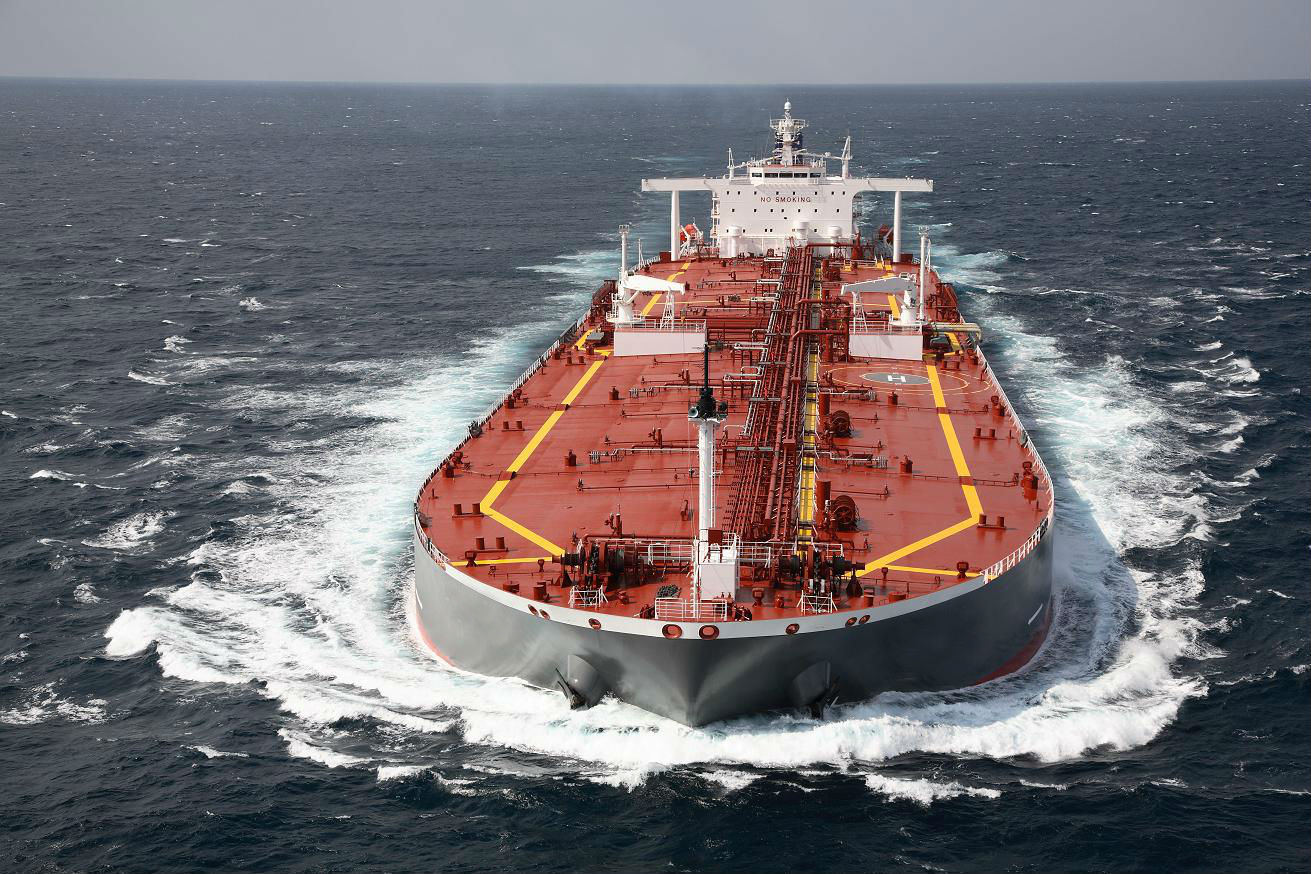Iran Press/ Iran News: Iran was the fifth-largest crude oil producer in OPEC in 2021 and the third-largest natural gas producer in the world in 2020.1 It holds some of the world’s largest deposits of proved oil and natural gas reserves, ranking as the world’s third-largest oil and second-largest natural gas reserve holder in 2021.
 Iran is a main exporter of oil in the world
Iran is a main exporter of oil in the world
Oil History in Iran
The year 1287 is considered the beginning of a new chapter in the political and economic life of Iran. In this year, the drilling rig located in the well number one of Masjed Soleiman, in the Naftoon region, reached oil. This major discovery, the first oil discovery in the Middle East, marks the beginning of the history of the oil industry over the past century.
William Knoxy Darcy was the first person in Iran to explore for oil and drill wells with modern methods and mechanical drilling rigs. He first sent a technical team headed by Geologist Berls of Iran. After geological surveys, the group provided a satisfactory report, finding the possibility of oil near Qasr Shirin and Shushtar high and promising elsewhere. After receiving this report, Darcy sent a representative named Marriott to Iran in 1901.
 Iran was one the earliest oil producing countries in the world
Iran was one the earliest oil producing countries in the world
Drilling of the first well began in a place called Red Well, northwest of Qasr Shirin. Drilling was slow due to lack of roads and insecurity, until in the summer of 1903 gas and a small amount of oil reached a depth of 507 meters. The second well reached oil at the same depth in the same area. The efficiency of this well was about 175 barrels per day.

In the first half of 1908, the company ordered a halt to operations, but Dinolds, an engineer in charge of operations, refused to carry out the shutdown for several days due to information obtained at the scene and continued drilling. Finally, in the same year, they reached oil at a depth of 360 meters, the second well in this area reached a depth of 307 meters, and with the arrival of oil from these two wells, the existence of oil in Iran was proven in large quantities. The first holder of Middle Eastern oil reserves was considered.
 Iranian working at pipeline
Iranian working at pipeline
After the discovery of oil in Iran in 1909, the Anglo-Persian Oil Company was formed. From 1908 to 1928, all Iranian oil was extracted from the Masjed Soleyman oil field. However, due to studies conducted and proof of this claim that most of the geographical areas of Iran explorations continued. Following these discoveries, Haftkol oil field was discovered in 1928 and gradually Gachsaran oil field in 1930, Aghajari oil field in 1936 and Lali and kerosene oil fields in 1938.
 Iranian people toppled down the British rule in oil industry
Iranian people toppled down the British rule in oil industry
Nationalization of Oil in Iran
Led by Prime Minister Mosaddegh and religious figures such as Ayatollah Kashani, the nationalization of Iran’s oil entered a new phase on [Iranian calendar month of] Esfand 29 (falling on March 20) after the Majlis passed the related legislation.
The movement sought to cut the hands of Britain that was exploiting Iran’s oil and giving a tiny portion back to the country. London could not tolerate such a movement for many reasons and hence set the stage for a coup against Mosaddegh two years later with the cooperation of Americans.
 Ayatollah Kashani and Mosaddegh key figures in oil nationalization
Ayatollah Kashani and Mosaddegh key figures in oil nationalization
By the end of the 1940s, there was a growing resentment in Iran to the huge imbalance in oil revenues that the British government and the Iranian government were receiving from the Anglo-Iranian Oil Company (AIOC), formerly the Anglo-Persian Oil Company. Similar arrangements between the US and countries such as Saudi Arabia seemed more equitable and in 1950, Britain offered a new concession to Iraq with regard to oil revenue. This fuelled a surge in anti-British rhetoric, with the leader of the National Front of Iran, Dr Mohammad Mosaddegh leading calls to end foreign influence in Iran and nationalizing the oil industry.
 Iranian oil exported by tankers via Persian Gulf
Iranian oil exported by tankers via Persian Gulf
Oil and Iran's Economy
Iran’s economy is relatively diversified compared with many other Middle Eastern countries, but petroleum and other liquids exports are a significant source of government revenue In 2021, Iran’s oil companies earned about $40 billion in net oil export revenues, up from around $15 billion in 2020. Total export revenues increased in 2021 as a result of rising global oil prices and Iran’s total petroleum liquids exports increasing from 2020.5 We estimate the oil price increases in 2022 will further increase Ira’s revenues.
 Indigenous technology is used widely in Iranian oil technology
Indigenous technology is used widely in Iranian oil technology
Iran’s economy consumed an estimated 11.6 quadrillion British thermal units of primary energy in 2021, making it the highest energy consumer in the Middle East. Natural gas and oil accounted for almost all of Iran’s total primary energy consumption, and hydropower, coal, nuclear, and non-hydropower renewables accounted for the remaining shares.
Read More:
Iran reports over 12% rise in exports
Ashkan Salehian

